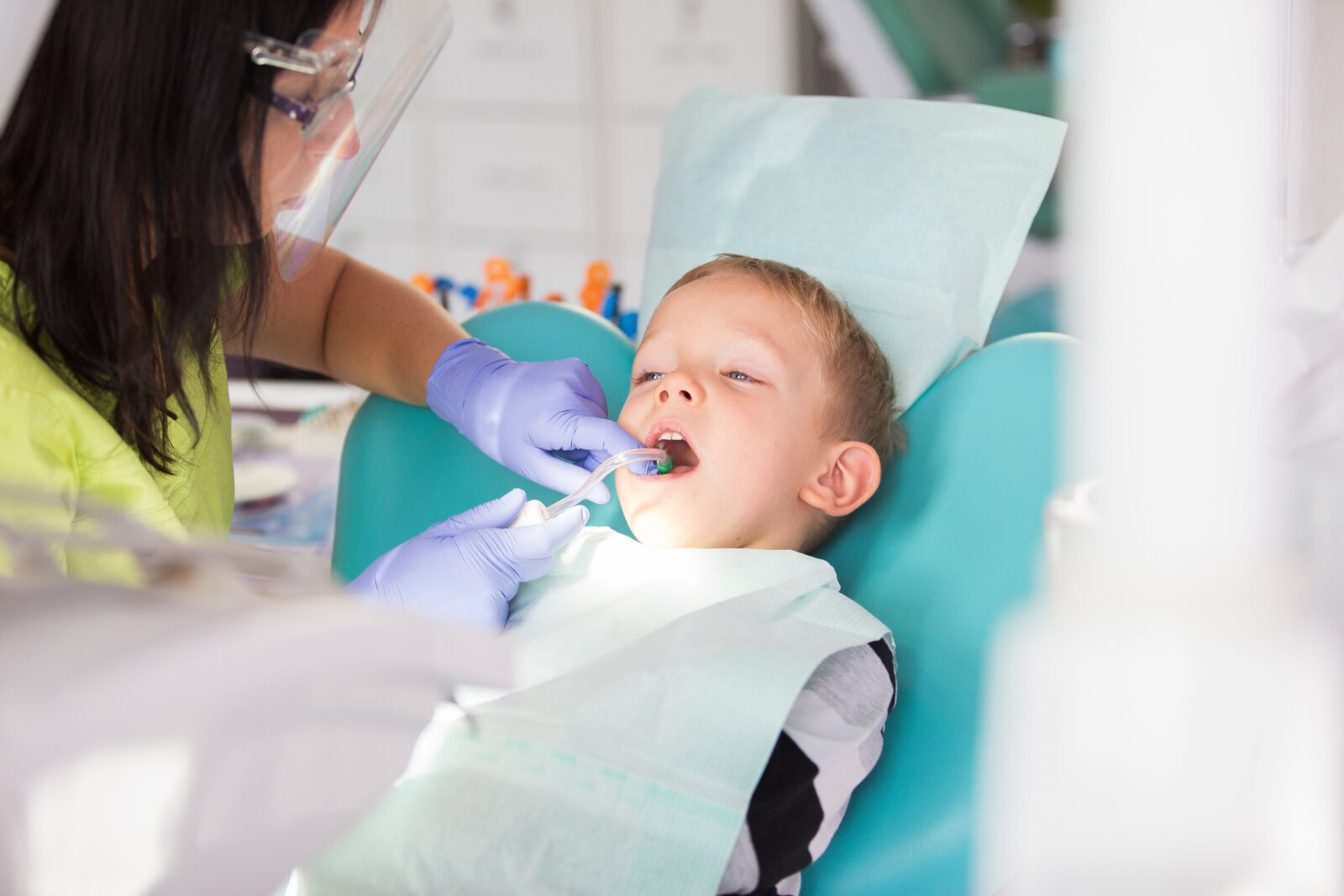Dental sealants are a valuable preventive measure that helps protect children’s teeth from decay. By providing a protective barrier over vulnerable chewing surfaces, sealants significantly reduce the risk of cavities. However, after receiving dental sealants, it is essential for parents and caregivers to be aware of certain precautions to ensure the sealants remain intact and effective. This blog post will discuss what to avoid after your child receives dental sealants at All Kids Dental of Suffolk.
1. Sticky and Chewy Foods
After getting dental sealants, it is crucial to avoid sticky and chewy foods. These types of foods can put excessive pressure on the sealants, causing them to come off or become damaged. Encourage your child to avoid sticky candies, chewing gum, caramel, taffy, and other similar treats. Instead, opt for healthier snacks like fresh fruits and vegetables, cheese, and yogurt.
2. Hard Foods
Hard foods can also pose a risk to dental sealants. Biting into hard foods, such as ice, popcorn kernels, or hard candies, can chip or break the sealants. To protect the longevity of the sealants, it is advisable to avoid these types of foods. Encourage your child to choose softer alternatives like steamed vegetables, cooked grains, and soft fruits.
3. Chewing on Inedible Objects
Children often have a habit of chewing on objects like pencils, pen caps, or fingernails. It is important to discourage this behavior, especially after getting dental sealants. Chewing on inedible objects can put excessive pressure on the sealants, leading to their premature wear and tear. Encourage your child to find alternative ways to satisfy their oral stimulation, such as chewing sugar-free gum or using a chewable necklace specifically designed for that purpose.
4. Biting into Non-Food Items
Similar to chewing on inedible objects, biting into non-food items like bottle caps or ice cubes should be avoided. The force exerted while biting into these hard objects can cause damage to the sealants. Remind your child to be mindful of what they bite down on and to use their teeth only for eating and speaking.
5. Teeth Grinding
If your child has a habit of grinding their teeth, known as bruxism, it is important to address this issue after receiving dental sealants. Bruxism can exert excessive pressure on the sealants and lead to premature wear. Consult with your dentist if your child exhibits signs of teeth grinding, such as jaw pain, headaches, or worn tooth surfaces. A custom-fitted mouthguard may be recommended to protect both the sealants and your child’s teeth.
6. Poor Oral Hygiene
Maintaining good oral hygiene practices is crucial even after receiving dental sealants. While sealants provide an added layer of protection, they do not replace regular brushing and flossing. Encourage your child to continue brushing their teeth twice a day with fluoride toothpaste and to floss daily. Regular dental check-ups and professional cleanings are also essential to ensure the overall oral health of your child.
Dental Sealants At All Kids Dental Of Suffolk
Dental sealants are an effective preventive measure to protect children’s teeth from tooth decay. By avoiding sticky and chewy foods, hard foods, chewing on inedible objects, biting into non-food items, addressing teeth grinding, and maintaining good oral hygiene practices, you can help ensure the longevity and effectiveness of dental sealants.
If you have any concerns or questions about dental sealants or your child’s oral health, reach out to the experienced team at All Kids Dental of Suffolk for professional guidance and care. Together, we can keep your child’s smile healthy and cavity-free.If you would like to schedule an appointment with one of our doctors, please feel free to reach out to us at 757-922-8110. We are excitedly looking forward to the chance to offer exceptional dental care for your child.


